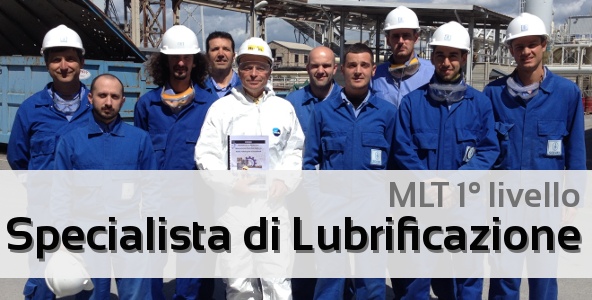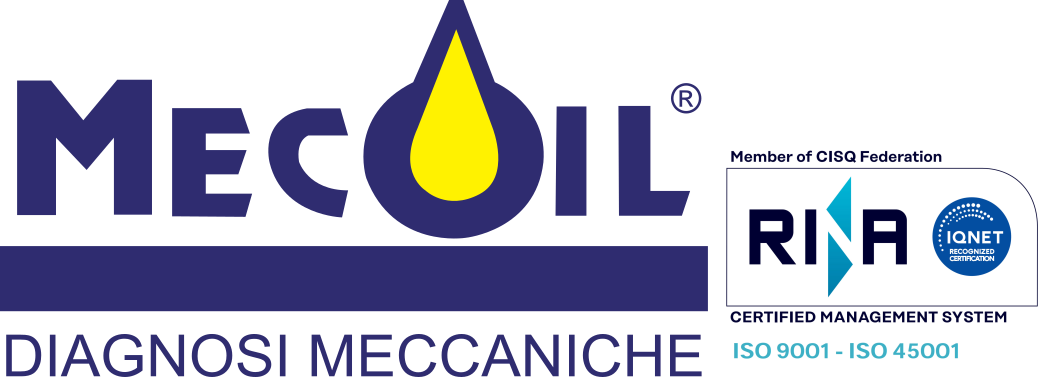Oil, in its numerous and sometimes complex formulations, is a lubricating fluid that performs endless tasks within the industrial assets. Its “mission” is sometimes heterogeneous, but still aimed to protect the surfaces from the aggression of chemical and physical agents; to remove the heat, transferring it to the appropriate exchangers; to transport the solid or liquid contaminants to the filtering systems; to coat moving surfaces with an adequately thick lubricating film (what we call “lubricity”) to protect them against unwanted friction and mechanical wear, with particular attention to the “transient” phases. These are just some of the heavy tasks to which we (unconsciously) submit the product that traditionally we generically define as “oil”.
There is also grease, which is just a sort of synthetic “sponge” able to retain in its molecular lattice significant amounts of oil, ready to be released only when it is required. Nowadays this world is categorized into a series of very different products; among these, the most widespread are paraffinic mineral bases, as well as synthetic bases, glycolic products or esters. A multitude of substances that are not always miscible and sometimes are incompatible, which we must learn to manage in order to make the most of the potential of our assets and the products with which we lubricate them. The evolution of these “chemical species” has taken place in the last 50 years, post-World War II, following the development of specific products for aeronautical, road transport, hydraulic and other increasingly critical uses.
Some crises of a political/strategic (and also economic) nature have led to the design of new synthetic bases, to make up for the deficiencies of the oil market, while at the same time formulating fluids able to withstand unimaginable thermal and mechanical stress. Today we can choose (by consulting the technical and safety data sheets provided by the lubricants manufacturers) from an incredible range of substances, to find which best meets our specific case. This wide selection is valid for oils as well as greases, in their varied formulation, on the basis of the thickeners used.
However, the great range of alternatives, along with their specific use, forces the maintenance technician to acquire some basic technical knowledge, in order to avoid messing up if there is an incorrect handling of the products. Keeping up to date and undergoing basic training are now an essential condition and requirement in order to move safely through the world of Maintenance, and in particular among the “product sheets” of lubricants. The correct management of the loads is crucial, which is traditionally based on a frequency agreed upon beforehand by the machine manufacturer and the plant operator. It is a classic step of Cyclic Preventive Maintenance, in which upon reaching a certain amount of hours or kilometers run, you change the oil with the new product and then resume the operation with peace of mind.
This applies to the automotive or industrial sector; in medium or large hydraulic plants, exposed to more or less stressful environmental conditions. Basically, this behavior belongs to a preventative mindset; oil charge replacements are generally carried out with a large margin of advance, which puts our minds at ease since it’s better to be safe than sorry. But in a situation of economic hardship, of declining turnover, and with the need to contain unnecessary emissions and harmful discharges, many companies are inclined to preserve the lubrication products, extending their period of operation.
The best thing is to replace the oil, and possibly the filters, only when such a step (with its timelines and various related costs) is really necessary. To go from a Cyclic Maintenance to a “condition based” Management, the first step is to cross the threshold of traditional skills and accept some principles that are not easy to assimilate. The topics we need to master in order to better manage not only the lubricant but the entire asset, are as follows:
-
Maintenance strategies
-
Preventive and predictive maintenance techniques
-
Theory of lubrication
-
Types of lubricants
-
Selection and criteria for selecting a lubricating product
-
Monitoring the physical and chemical conditions of a lubricant
-
Optimization of oil charge management
-
Handling and correct storage
-
Safe handling of lubricants
To ensure the good health of the oil and our machinery, we must become their doctor. Doctors, however, do not improvise! Mecoil Diagnosi Meccaniche, thanks to the collaboration with ICML, and as a licensed partner of Noria Corp., organizes Level-1 Courses for MLT (Machine Lubrication Technician) in order to provide maintenance technicians with useful knowledge to better manage hydraulic systems and complex lubrication systems. Visit our “Events” section and discover the dates planned for 2018.

